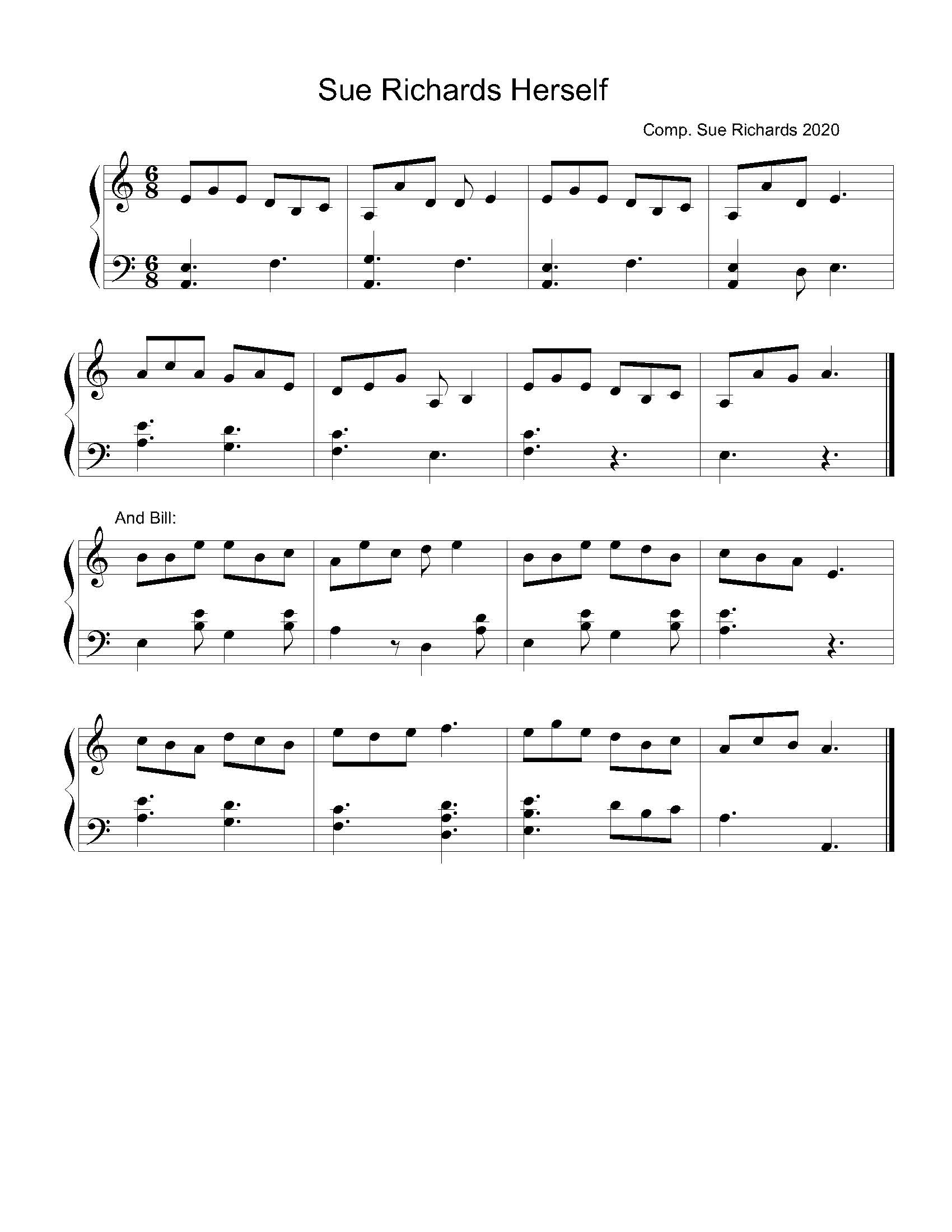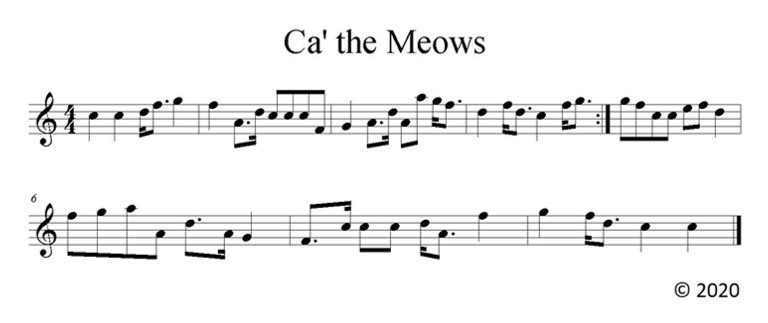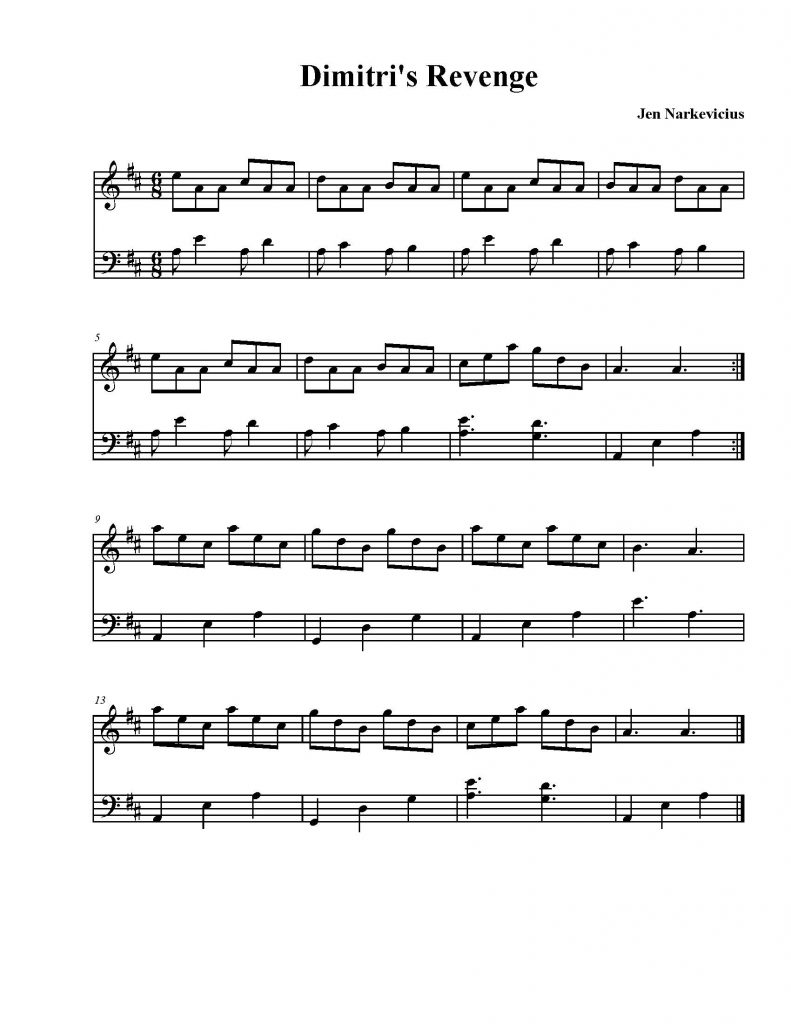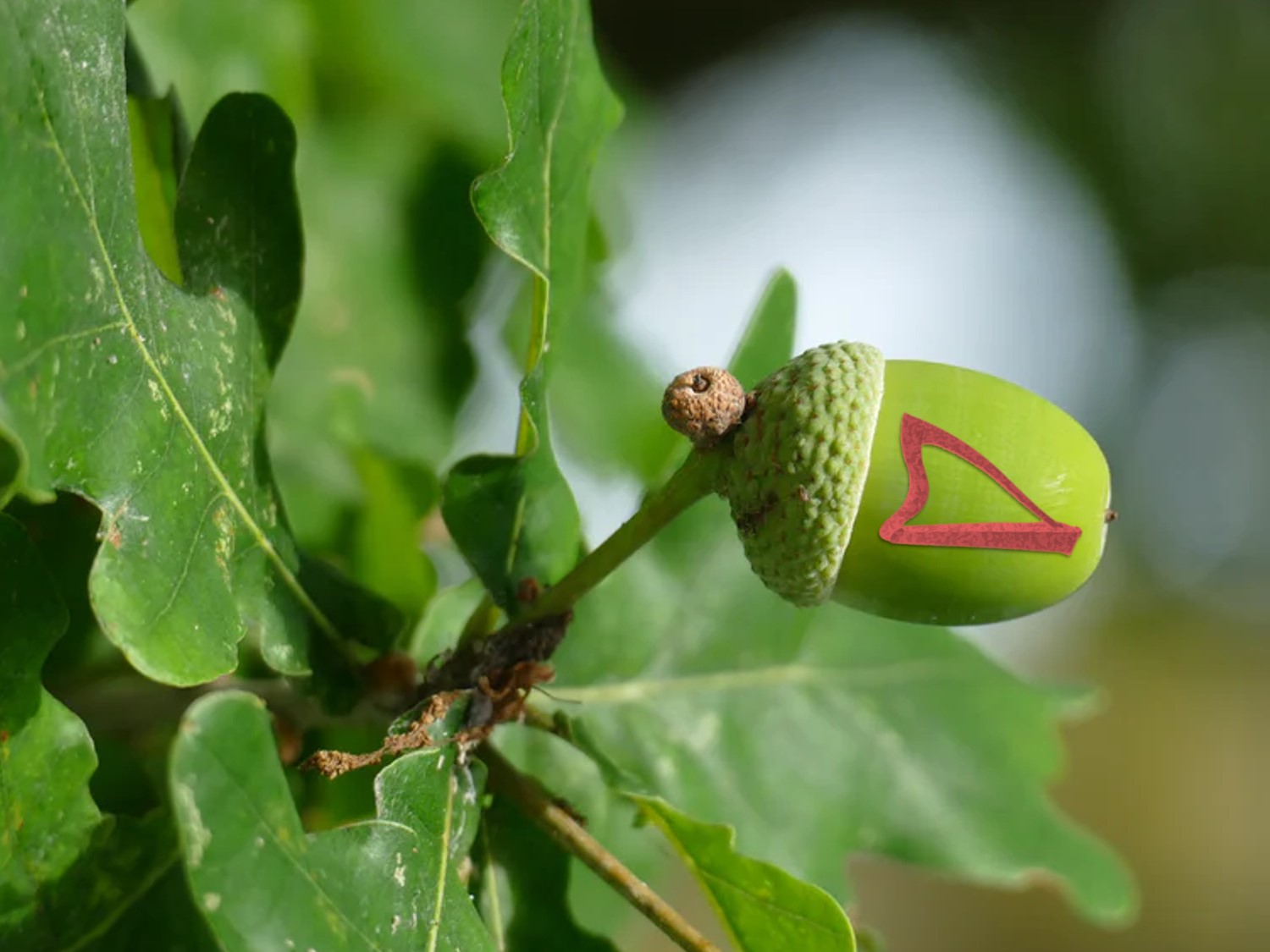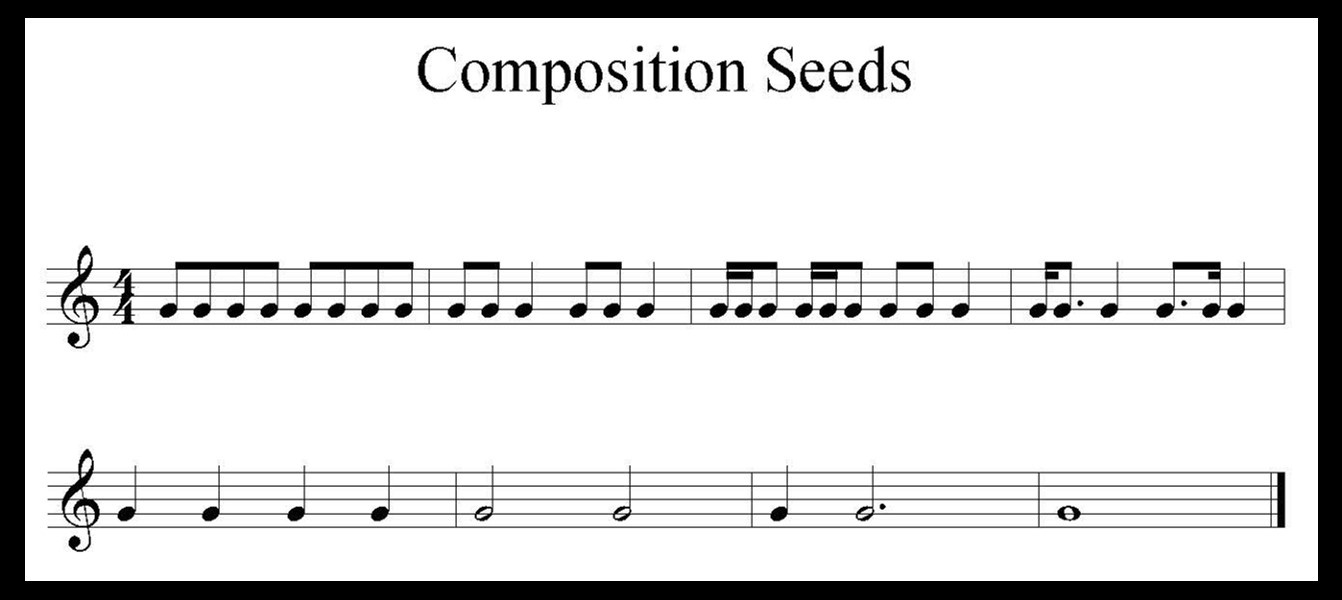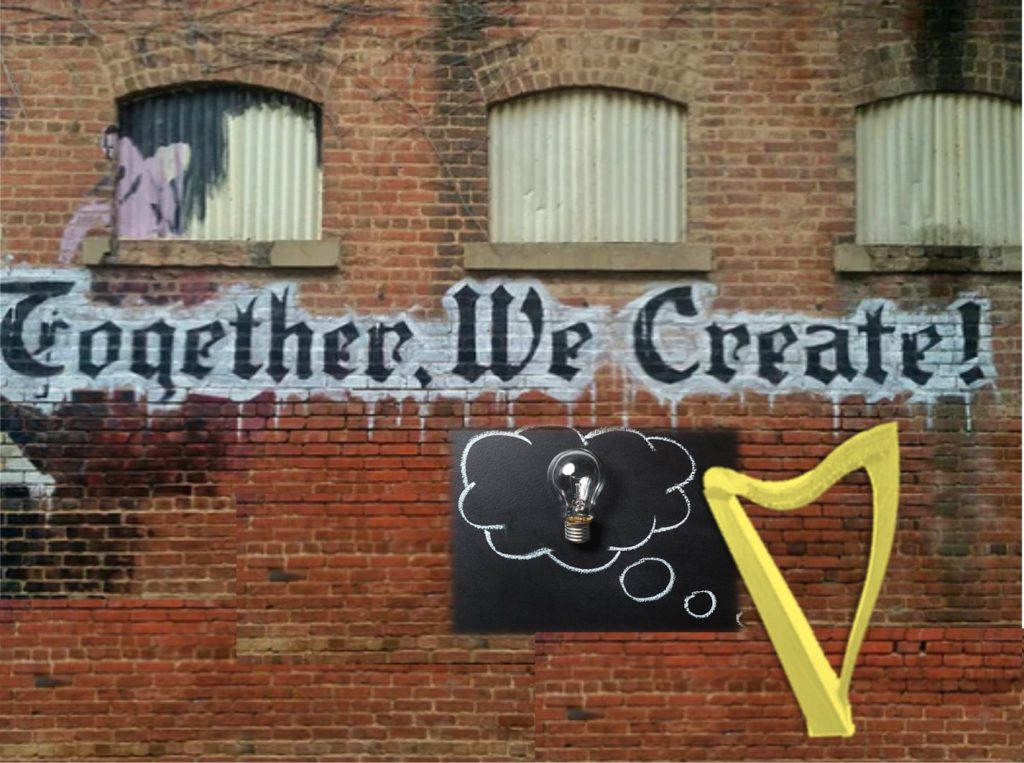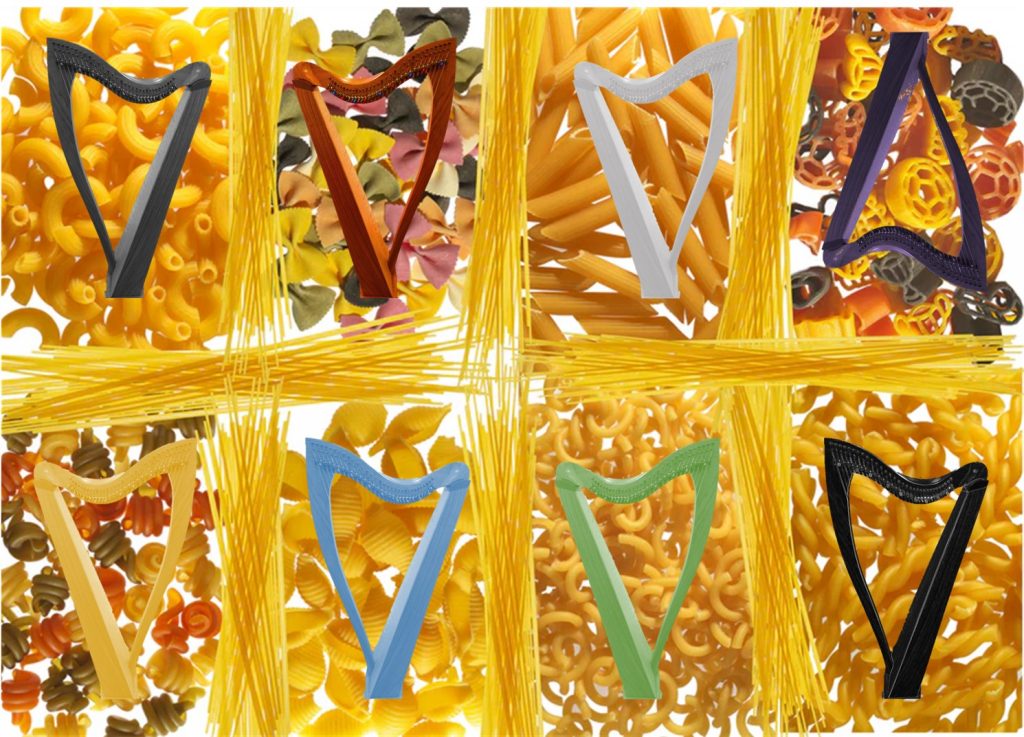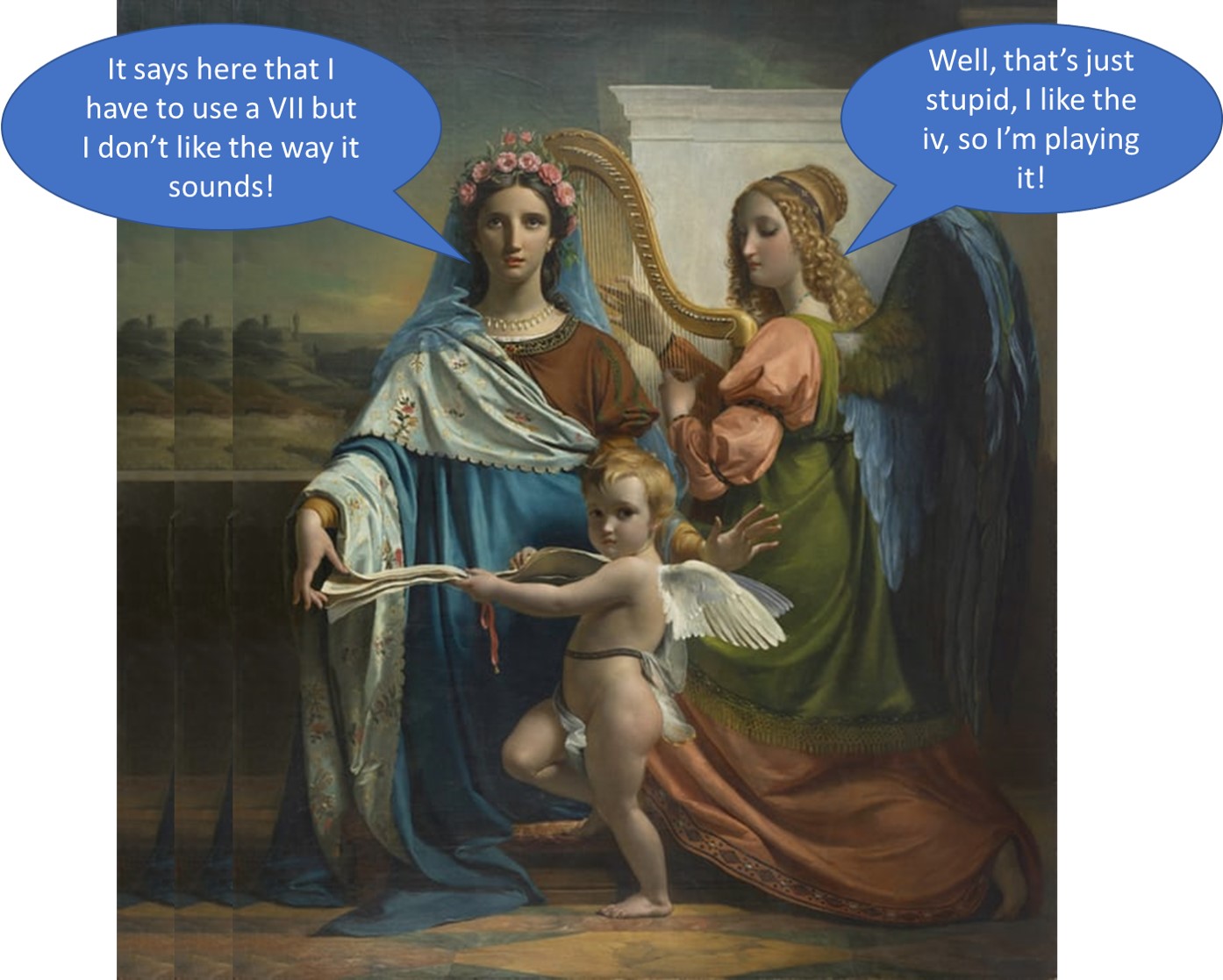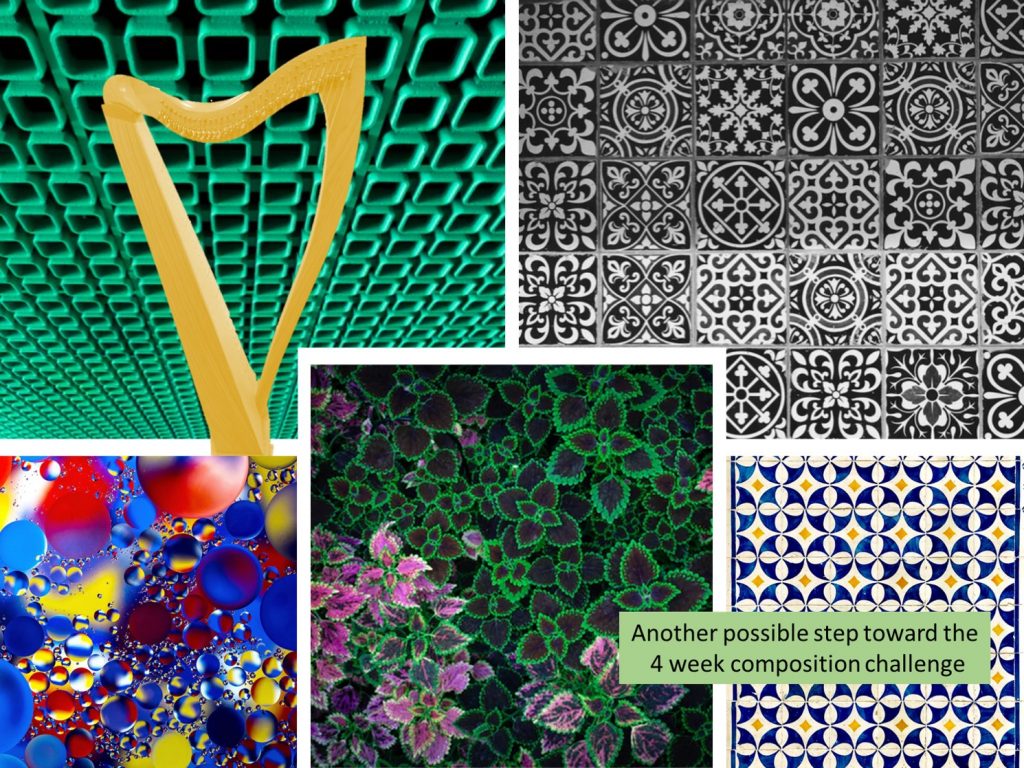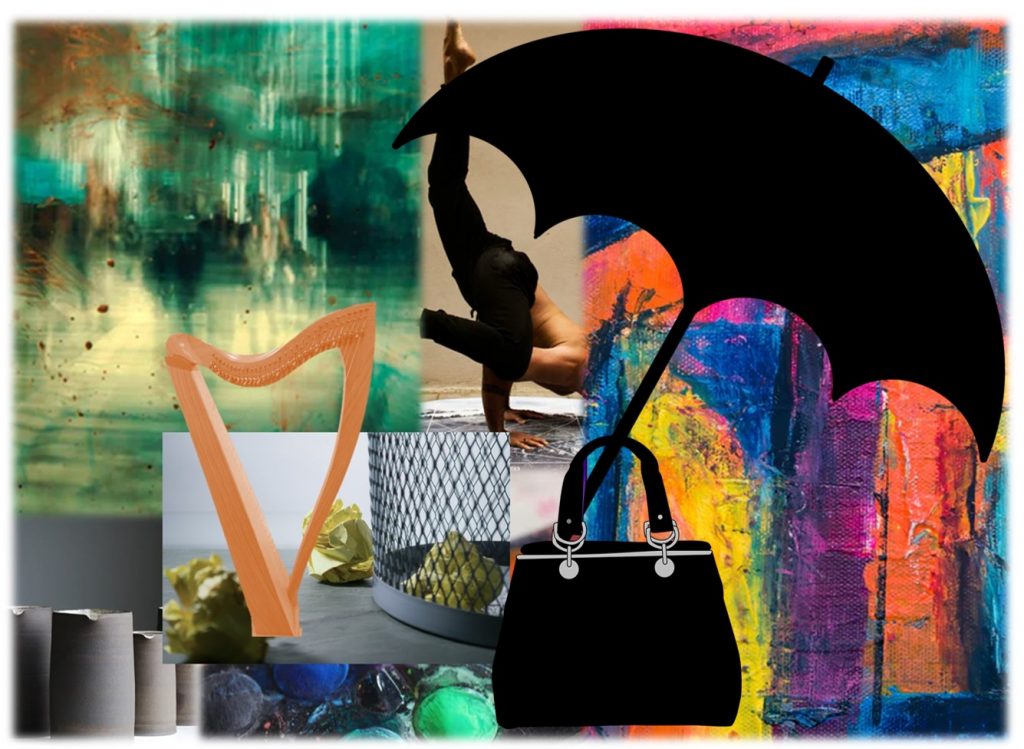You know how I’m always encouraging you to improvise and to try composing? I know some of you are reluctant to agree with me. And believe me, I get it! I spent a great deal of time telling myself all kinds of stuff:
I can’t do this
Even if I did do it, it would be garbage
No one will like it, not even my mother
But eventually I did start up and keep at it. And I’m still bashing away at making music for myself and for others. Do I suffer from comparisons? Of course! Do I still find every flaw? Obviously! And do I do it anyway? Darn tootin’!
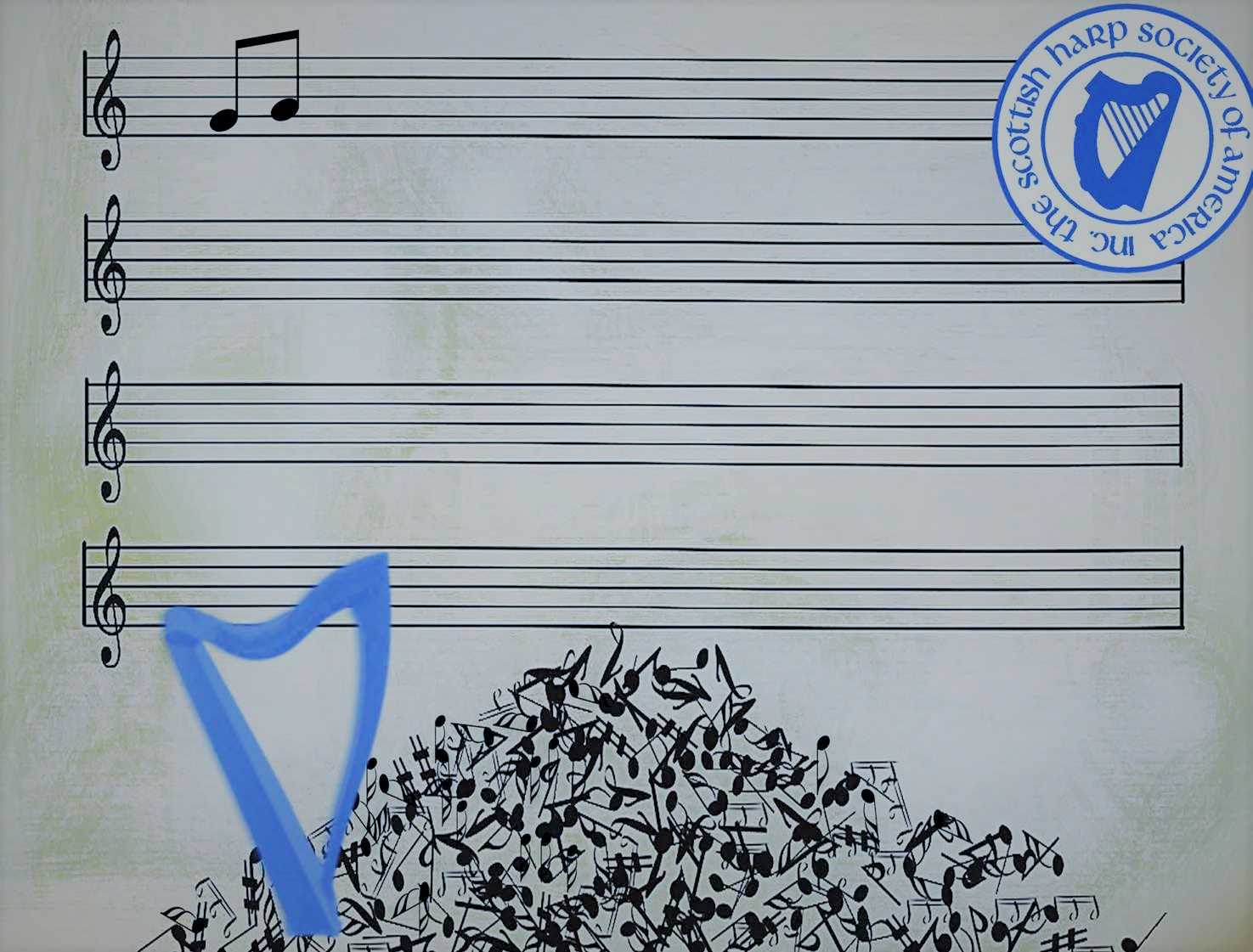 So, I’m excited to pass along that the Scottish Harp Society of America just announced a tune writing competition to celebrate it’s 40th Anniversary! It’s hard to believe that since 1982 SHSA has been around, encouraging people to play Scottish music on the harp. So, what an excellent way to celebrate than by adding to the music and sharing it with others?
So, I’m excited to pass along that the Scottish Harp Society of America just announced a tune writing competition to celebrate it’s 40th Anniversary! It’s hard to believe that since 1982 SHSA has been around, encouraging people to play Scottish music on the harp. So, what an excellent way to celebrate than by adding to the music and sharing it with others?
The theme for the tune writing competition entry is “Celebrate SHSA!” The judges are all noted composers, arrangers and performers including Corrina Hewat, Jo Morrison, and Martha Hill. Entries should be a piece for solo harp (of course!). There are some rules and guidelines you should follow and you can find them on the SHSA Facebook page https://www.facebook.com/groups/ScottishHarpSocietyofAmerica
Entries are due 1 November so there’s plenty of time to create something wonderful and perfect for the harp. And there’s a prize – $500 for the winning entry. So it’s worth reading the rules and getting started!
If you’ve not composed before (or if you’re feeling a little faint at the idea of writing a tune) here are some tips to help you get going:
1. Give yourself some quiet time – it’s hard to hear the music inside you if all around the outside you is noisy!
2. Give yourself some more quiet time – it’s hard to hear the music inside you if inside you is noisy!
3. Use your trusty recorder – just sit behind your harp and play the strings. Let your hands wander. If you hit on an idea you like, explore it. Don’t be afraid to make mistakes – there’s nothing there yet, so it can’t be wrong and it’s a “throw away” recording to be used only to capture ideas and then pitch out.
4. Be your own safe space – tell your inner critic/harridan to take five and give you a minute. Of course it’s not great yet – you’re just getting started! It will shape up as you develop it. And you don’t need that kind of negativity anyway!
5. Change things up – if you only come up with stuff you don’t like, change it. Change the key you’re in. Or change the mode. Or randomly set levers and see what you get.
6. Don’t forget to laugh – you’re meant to be having fun, so have some laughs (probably at your own expense, but so what).
7. Start over and over again. I can’t tell you how many ideas I have come up with that were just pointless. Or variations of the same great idea I had before. No worries, you’re endlessly creative, you just might not know it yet. Just start!
8. Be like a “real” writer (or composer). You’ve probably heard it said that everyone has a novel in them, but a real writer actually does the work to put it on paper! Don’t just think about it. Allocate some of your practice time each day to generating ideas (and capture them). Once you’ve got a little traction, you can put the ideas together to make a tune.
You have it in you! You can do it! And it’s wonderful to celebrate a momentous event like 40 years of shared love of Scottish harp music.
Are you going to give it a go? I’d love to hear about it – whether you enter the competition or not. Let me know – compose a comment!


